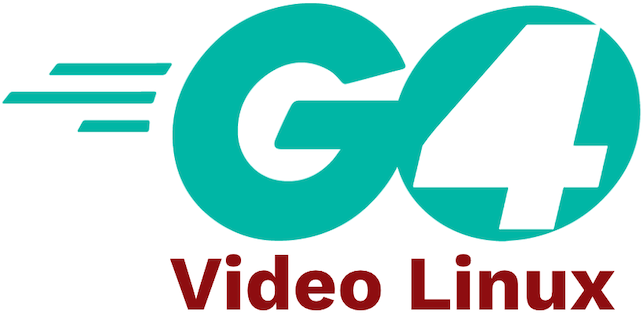A Go centric abstraction of the library for Video for Linux 2 (v4l2) user API.
The go4vl project is for working with the Video for Linux 2 API for real-time video.
It hides all the complexities of working with V4L2 and provides idiomatic Go types, like channels, to consume and process captured video frames.
This project is designed to work with Linux and the Linux Video API only. It is NOT meant to be a portable/cross-platform package.
- Capture and control video data from your Go programs
- Idiomatic Go types such as channels to access and stream video data
- Exposes device enumeration and information
- Provides device capture control
- Access to video format information
- Streaming users zero-copy IO using memory mapped buffers
- Go compiler/tools
- Kernel minimum v5.10.x
- A locally configured C compiler (or a cross-compiler if building off-device)
See example/README.md for further example of how to build projects that uses go4vl, including cross-compilation.
All examples have been tested using a Raspberry PI 3, running 32-bit Raspberry PI OS. The package should work with no problem on your 64-bit Linux OS.
To include go4vl in your own code, go get the package:
go get github.com/vladimirvivien/go4vl/v4l2The following is a simple example that shows how to capture a single frame from an attached camera device and save the image to a file.
The example assumes the attached device supports JPEG (MJPEG) output format inherently.
func main() {
dev, err := device.Open("/dev/video0", device.WithBufferSize(1))
if err != nil {
log.Fatal(err)
}
defer dev.Close()
if err := dev.Start(context.TODO()); err != nil {
log.Fatal(err)
}
// capture frame
frame := <-dev.GetOutput()
file, err := os.Create("pic.jpg")
if err != nil {
log.Fatal(err)
}
defer file.Close()
if _, err := file.Write(frame); err != nil {
log.Fatal(err)
}
}See complete example here.
This repository comes with several examples that show how to use the API to build Go programs that can capture images from Linux.
See list of examples
The main goal is to port as many functionalities as possible so that adopters can use Go to create cool video-based tools on platforms such as the Raspberry Pi.
